We live in an age of technological revolutions. The most noticeable ones we experience on a day-to-day basis are in the IT space. Less visible yet very fast-moving advances are underway in solar energy and lithium-ion battery storage. While these technologies may not be progressing as fast as computing power, where the dollar cost of computing often falls by about 40% per year, solar energy and lithium-ion battery storage costs have been coming down at a pace of about 12-13% per year, on average, for the past few decades.
In 2009, the total installed cost of utility-scale solar generation including battery storage was $5.54 dollars per kilowatt hour. By 2023, that had dropped to $0.68 (Figure 1), and initial data suggests that those costs may have fallen an additional 20% in 2024. Overall, that’s close to a 90% decline in the cost of solar energy generation and storage in 15 years – or about a 13% decline per year. According to the International Renewable Energy Agency, the cost of wind energy came down at a similar pace of 48% for offshore and 56% for onshore operations between 2010 and 2020,1 and may have dropped by an additional 13-15% in 2021.2
Figure 1: Solar energy costs have been falling by 12-13% per annum on average
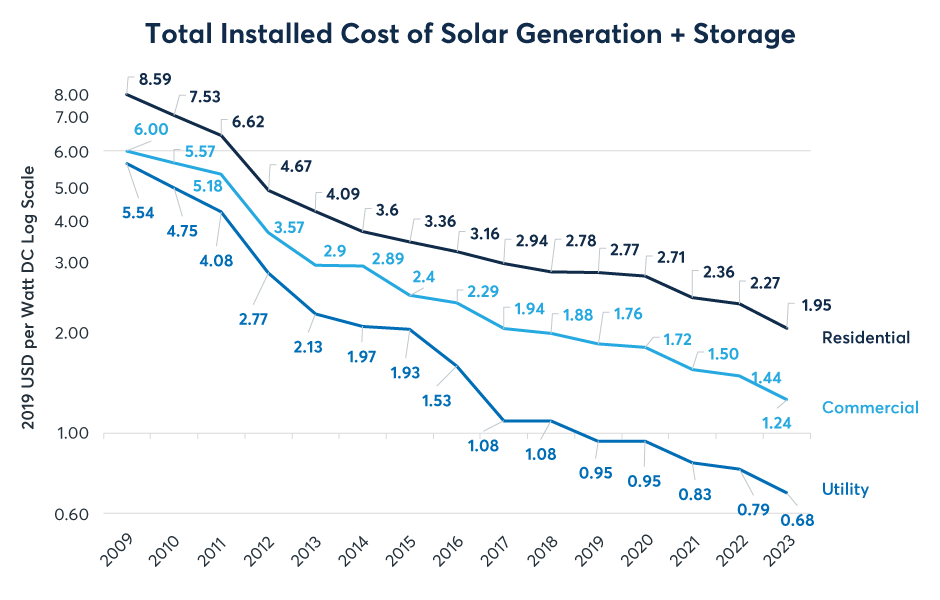
Source: Documenting a Decade of Cost Declines for PV Systems.
Updated from 2021-2023 with Statistica, “Average Installed cost for solar photovoltaics worldwide.”
The problem with solar and wind energy has always been their intermittent nature. When the sun doesn’t shine and the wind doesn’t blow, there’s no energy generation. As such, storage has always been key and up until recently prohibitively expensive. However, advances in battery technology have resulted in sharp declines in costs in past decades. The cost of storing a kilowatt hour in a lithium-ion battery has fallen by nearly 99% since 1991. Here too, costs have fallen by an average of 13% annually (Figure 2).
Figure 2: Lithium battery storage costs have fallen by nearly 99% since 1991
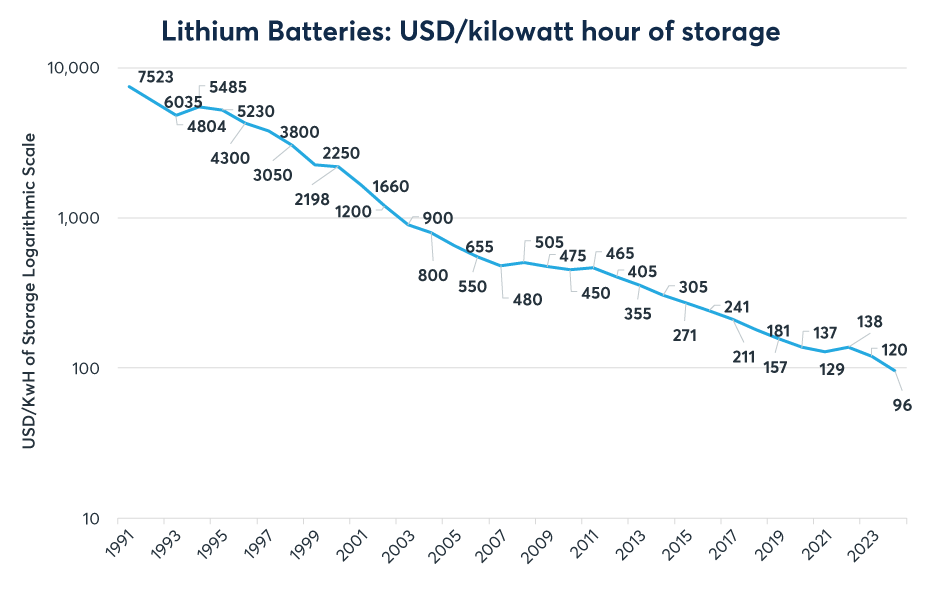
Source: arstechnica.com, Bloomberg NEF, ourworldindata.org, www.statista.com
The automotive sector has also been experiencing rapid changes as well, as electric vehicle (EV) sales grow steadily worldwide. In the U.S., EV sales hit 11.4% of all vehicle sales in 2024, up from essentially zero in 2010. In China, EV sales hit 35% of vehicles sold in 2023 and over 50% in 2024. And, of course, lithium-ion batteries help to power smart phones, of which there were 7.2 billion worldwide by 2024.
Given the rapid decline in costs and the scale of increasing demand for lithium-ion batteries, one might imagine that lithium prices would be sky high. Instead, lithium prices are near record lows (Figure 3). Moreover, the lithium hydroxide futures curve is relatively flat compared to the recent scale of the price decline (Figure 4), suggesting that traders are not expecting a rapid rebound in prices over the coming 12-18 months.
Figure 3: Lithium hydroxide prices are down by over 85% from their highs
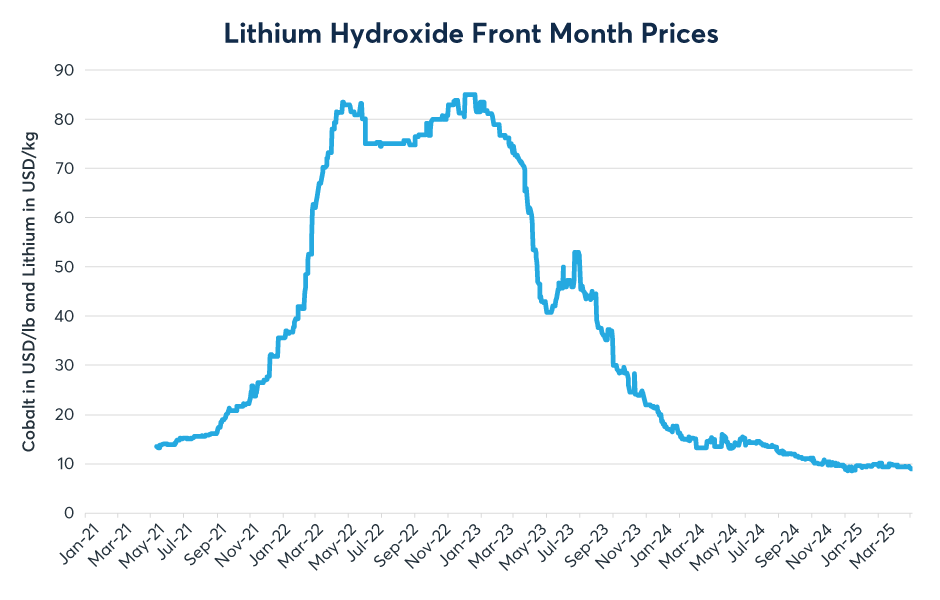
Source: Bloomberg (LFA1)
Figure 4: The lithium hydroxide forward curve is in a shallow contango.
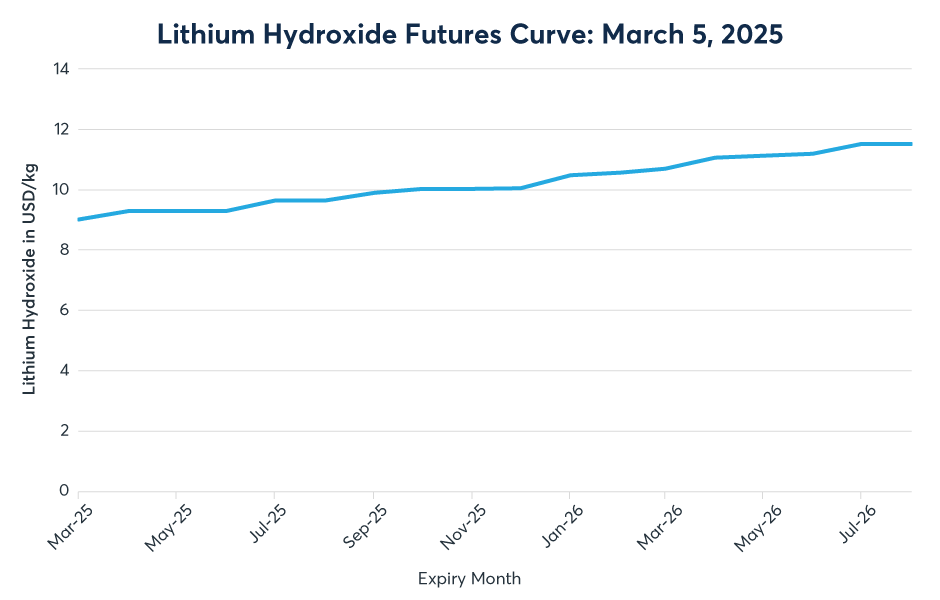
Source: Bloomberg (LFA1…LFA16)
The bear market in lithium prices has not, however, dampened enthusiasm for hedging financial exposure to the metal. Both average daily trading volume and open interest have risen sharply (Figure 5).
Figure 5: Lithium hydroxide open interest continues to soar
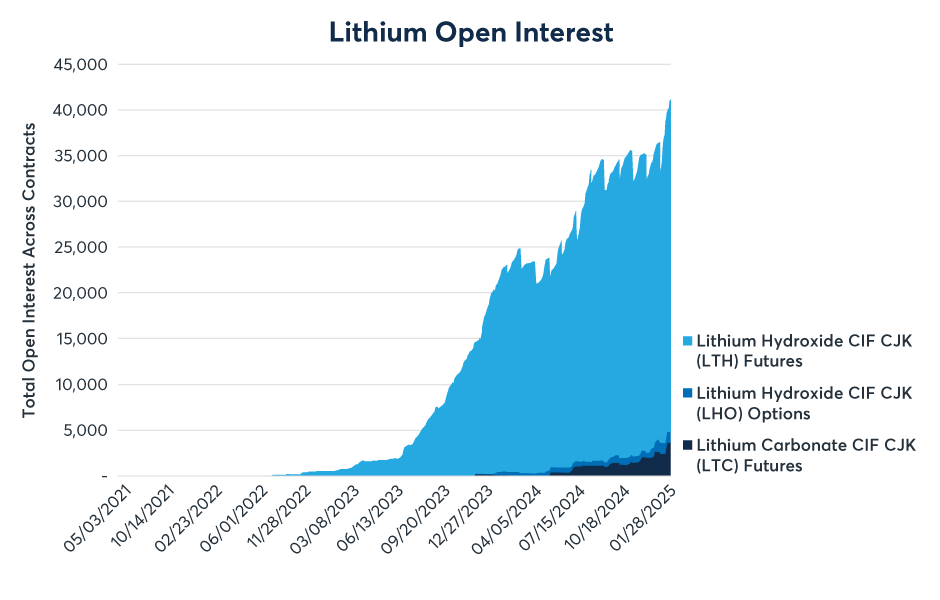
Source: CME Group
The one factor that explains both the sharply rising trading activity in conjunction with the exceptionally low prices is supply. Global mining supply of lithium is burgeoning, rising by an estimated 25% in 2024 alone. Since 1994, global lithium output has risen by 3,600% or by about 20% per year compounded (Figure 6).
Figure 6: Lithium mining output has risen by 3600% since 1991.
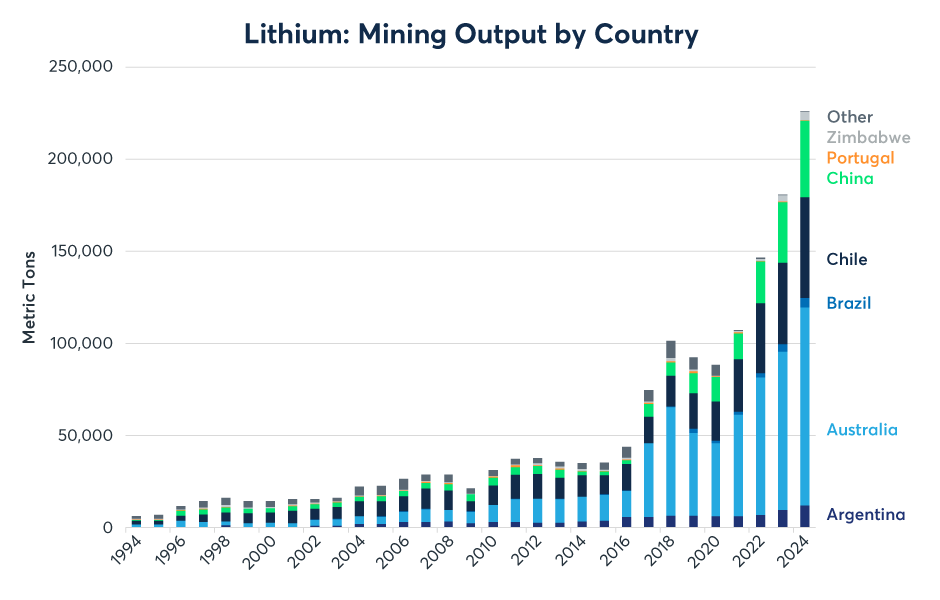
Source: U.S. Geological Survery, Lithium Statistics and Information, Annual Publications 2005-2023, 2024 estimate from: reuters.com
While the adage in markets is that the cure for low prices is low prices, it remains to be seen if lithium output will slow significantly as a result of depressed prices. Some private sector estimates suggest that lithium supply might be on track to grow an additional 15% in 2025, perhaps explaining why the forward curve remains relatively flat given the scale of the 2022-24 price decline. Eventually, if and when supply growth slows to below the level of demand growth, we could see a significant rally in lithium prices.
Indeed, the demand outlook depends both on the pace of technological change and adoption. If the political winds shift against EVs, solar and wind, this might delay the date at which we see a strong rebound in prices. Watching what happens to EV sales in the U.S., Europe and China will be key to understanding the strength of global demand. Another key question that remains unanswered is at what point do solar, wind and EVs become competitive with natural gas, gasoline and combustion engine cars without subsidies? Once that point is reached, demand for lithium and other battery metals could grow strongly irrespective of public policy changes.
References
- https://www.irena.org/Energy-Transition/Technology/Wind-energy
- https://hbr.org/2024/02/the-long-term-costs-of-wind-turbines
—
Originally Posted March 11, 2025 – Lithium Languishes Despite Driving EV Sales
All examples in this report are hypothetical interpretations of situations and are used for explanation purposes only. The views in this report reflect solely those of the author and not necessarily those of CME Group or its affiliated institutions. This report and the information herein should not be considered investment advice or the results of actual market experience.
Disclosure: CME Group
© [2023] CME Group Inc. All rights reserved. This information is reproduced by permission of CME Group Inc. and its affiliates under license. CME Group Inc. and its affiliates accept no liability or responsibility for the information contained herein, including but not limited to the currency, accuracy and/or completeness of this information, and delays, interruptions, errors or omissions. This information is an unofficial copy and may not reflect the official and accurate version. For the definitive and up-to-date version of any of this information, please see cmegroup.com.
Disclosure: Interactive Brokers Third Party
Information posted on IBKR Campus that is provided by third-parties does NOT constitute a recommendation that you should contract for the services of that third party. Third-party participants who contribute to IBKR Campus are independent of Interactive Brokers and Interactive Brokers does not make any representations or warranties concerning the services offered, their past or future performance, or the accuracy of the information provided by the third party. Past performance is no guarantee of future results.
This material is from CME Group and is being posted with its permission. The views expressed in this material are solely those of the author and/or CME Group and Interactive Brokers is not endorsing or recommending any investment or trading discussed in the material. This material is not and should not be construed as an offer to buy or sell any security. It should not be construed as research or investment advice or a recommendation to buy, sell or hold any security or commodity. This material does not and is not intended to take into account the particular financial conditions, investment objectives or requirements of individual customers. Before acting on this material, you should consider whether it is suitable for your particular circumstances and, as necessary, seek professional advice.
Disclosure: Futures Trading
Futures are not suitable for all investors. The amount you may lose may be greater than your initial investment. Before trading futures, please read the CFTC Risk Disclosure. A copy and additional information are available at ibkr.com.

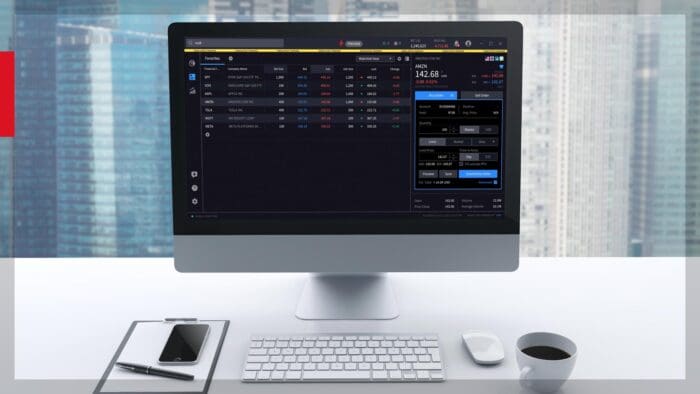











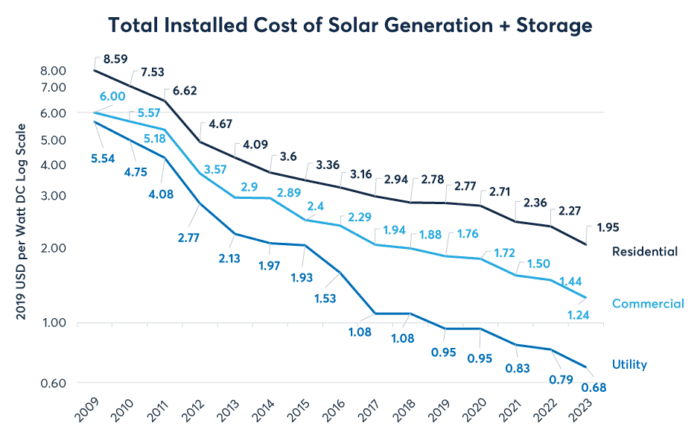






Join The Conversation
For specific platform feedback and suggestions, please submit it directly to our team using these instructions.
If you have an account-specific question or concern, please reach out to Client Services.
We encourage you to look through our FAQs before posting. Your question may already be covered!